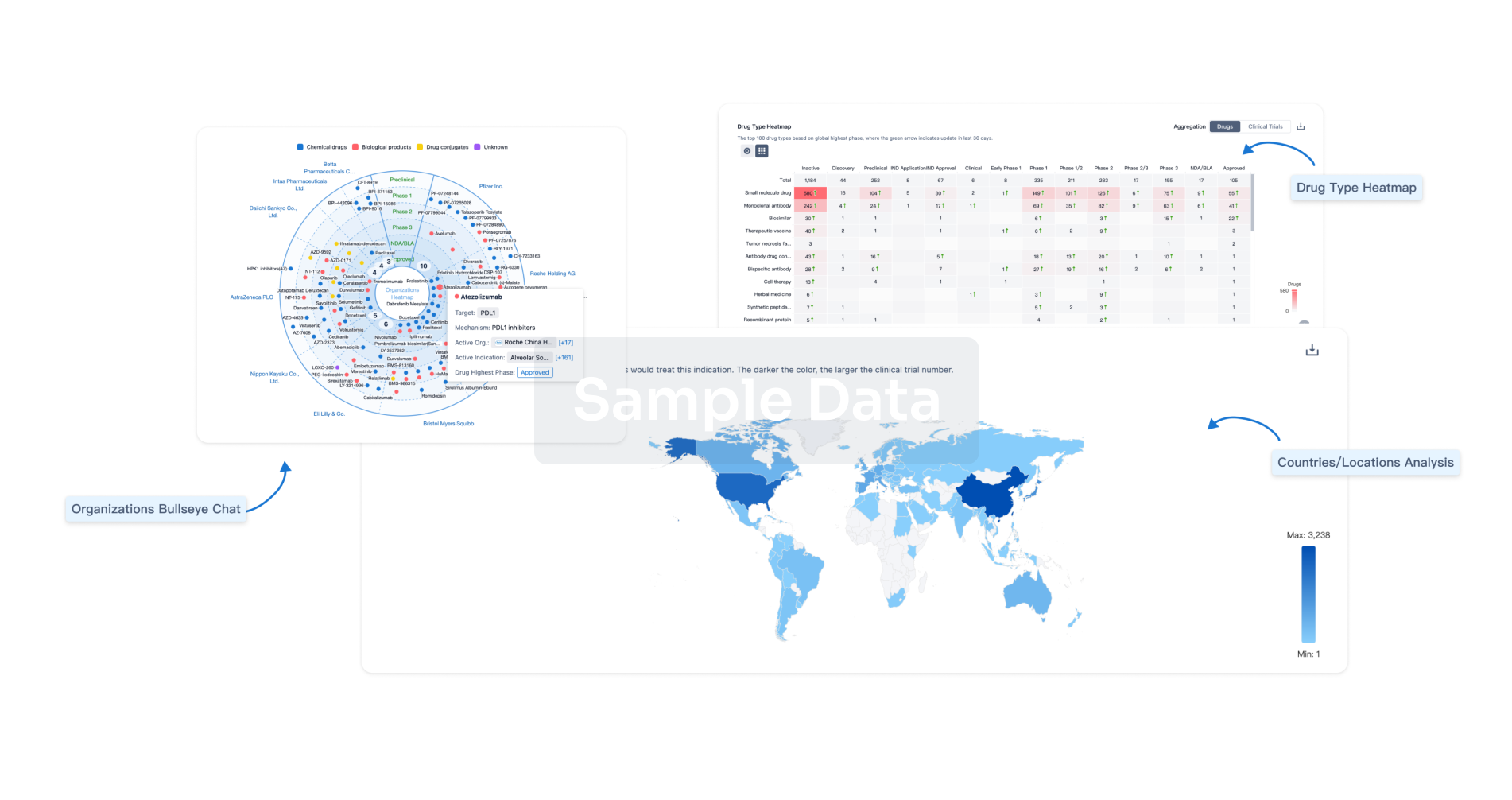Request Demo
Last update 08 May 2025
Vascular Ulcer
Last update 08 May 2025
Basic Info
Synonyms- |
Introduction- |
Related
1
Drugs associated with Vascular UlcerTarget |
Mechanism FGFRs stimulants [+1] |
Active Org. |
Originator Org. |
Inactive Indication- |
Drug Highest PhaseApproved |
First Approval Ctry. / Loc. China |
First Approval Date31 Dec 2006 |
100 Clinical Results associated with Vascular Ulcer
Login to view more data
100 Translational Medicine associated with Vascular Ulcer
Login to view more data
0 Patents (Medical) associated with Vascular Ulcer
Login to view more data
259
Literatures (Medical) associated with Vascular Ulcer01 Apr 2025·Journal of Shoulder and Elbow Surgery
Novel Surgical Safety Zones on Bony-En-Face View of Humeral Greater Tuberosity: A Fresh Cadaveric Dissection Study
Article
Author: Tanaka, Yasuhito ; Vaseenon, Tanawat ; Mahakkanukrauh, Pasuk ; Sinthubua, Apichat ; Inthasan, Chanatporn ; Zhang, Baolu ; Liu, Gang ; Mahakkanukrauh, Chollada
01 Apr 2025·Journal of Cosmetic Dermatology
The Kesty Redness Scale: A Pilot Validation Study for a Novel Tool for Evaluating Facial Redness in Cosmetic and Clinical Dermatology
Article
Author: Kesty, Katarina R. ; Kesty, Chelsea E.
01 Mar 2025·Journal of Investigative Dermatology
Endothelial Dysfunction in Keloid Formation and Therapeutic Insights
Review
Author: Tey, Hong Liang ; Li, Zhijin ; Yu, Nanze ; Tan, Yingrou ; Wen, Junxian ; Wang, Xiaojun
Analysis
Perform a panoramic analysis of this field.
login
or

AI Agents Built for Biopharma Breakthroughs
Accelerate discovery. Empower decisions. Transform outcomes.
Get started for free today!
Accelerate Strategic R&D decision making with Synapse, PatSnap’s AI-powered Connected Innovation Intelligence Platform Built for Life Sciences Professionals.
Start your data trial now!
Synapse data is also accessible to external entities via APIs or data packages. Empower better decisions with the latest in pharmaceutical intelligence.
Bio
Bio Sequences Search & Analysis
Sign up for free
Chemical
Chemical Structures Search & Analysis
Sign up for free

